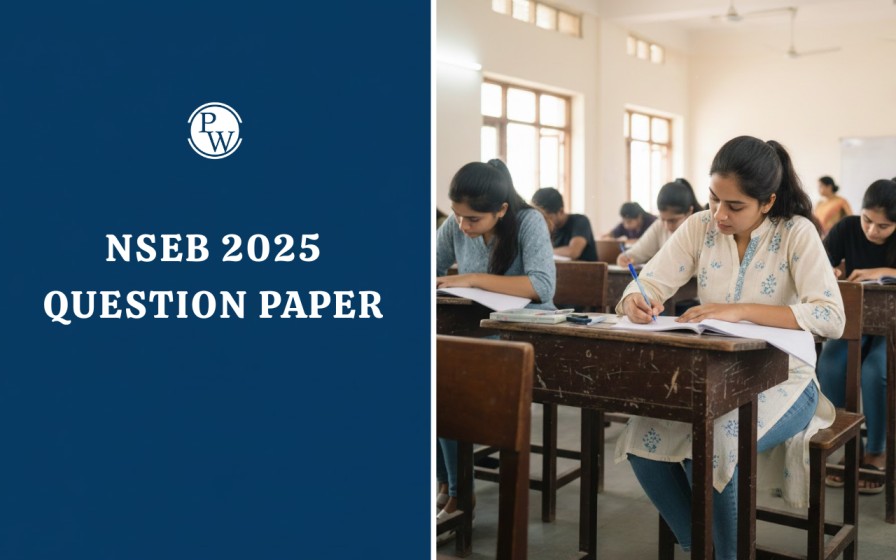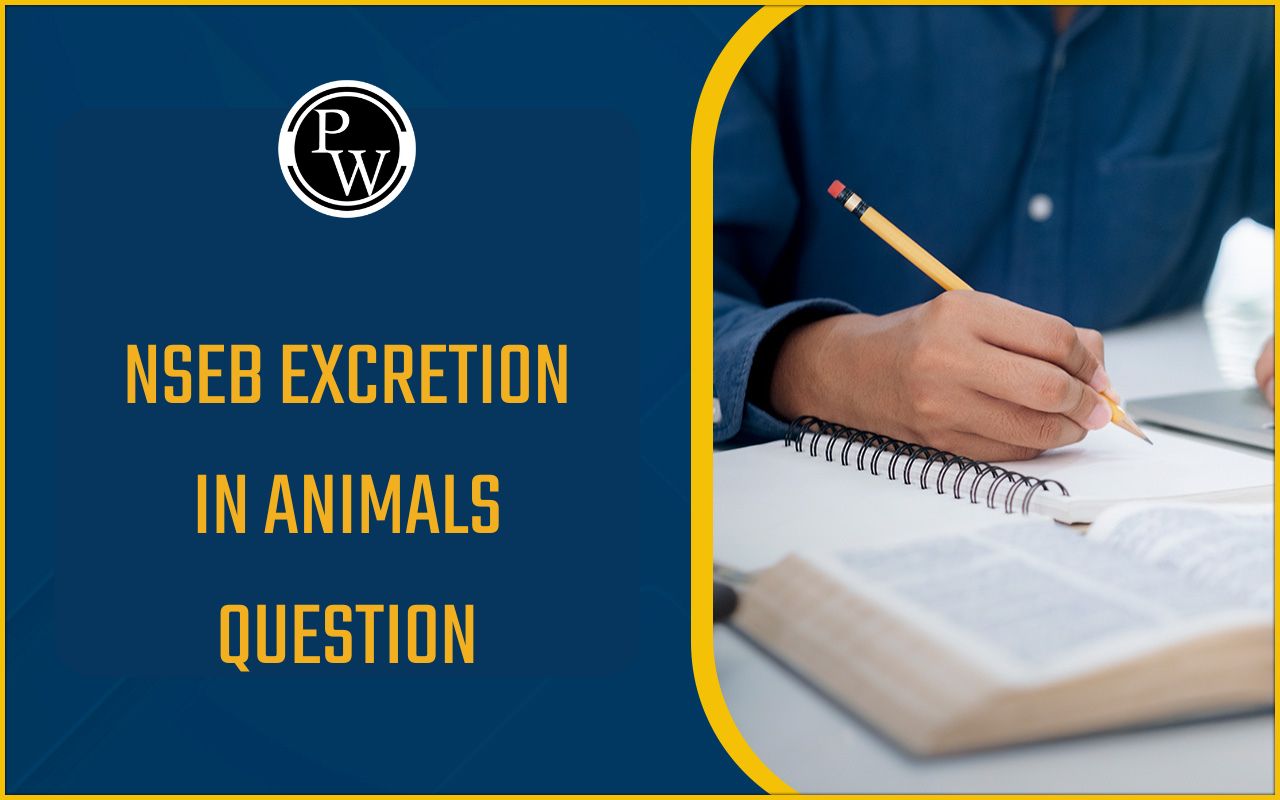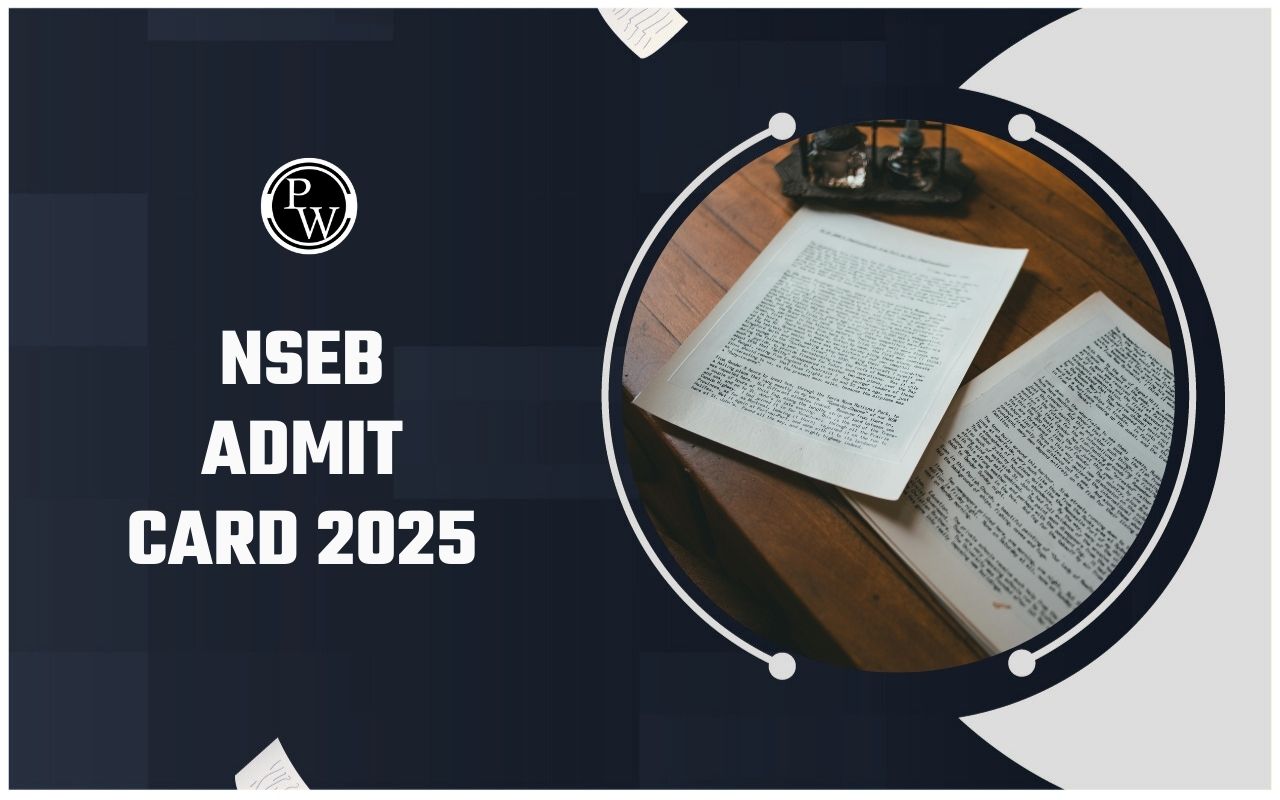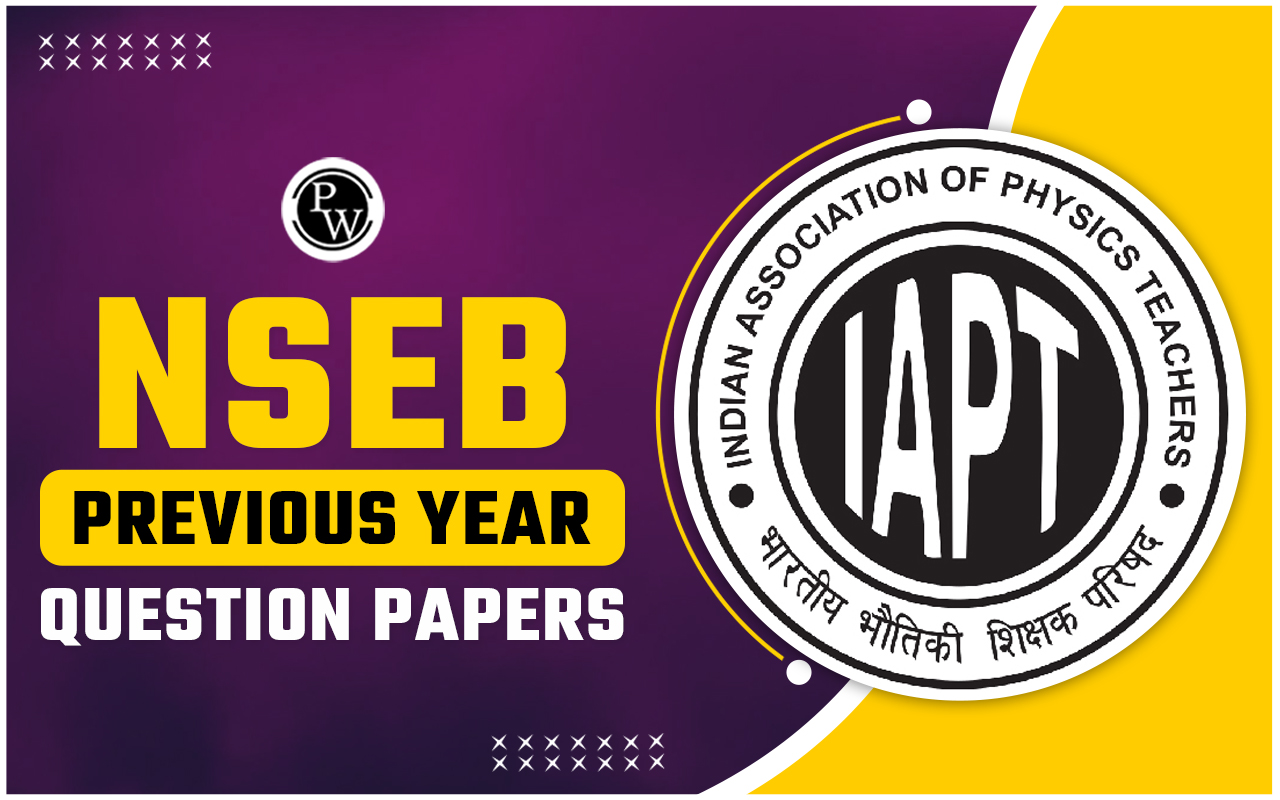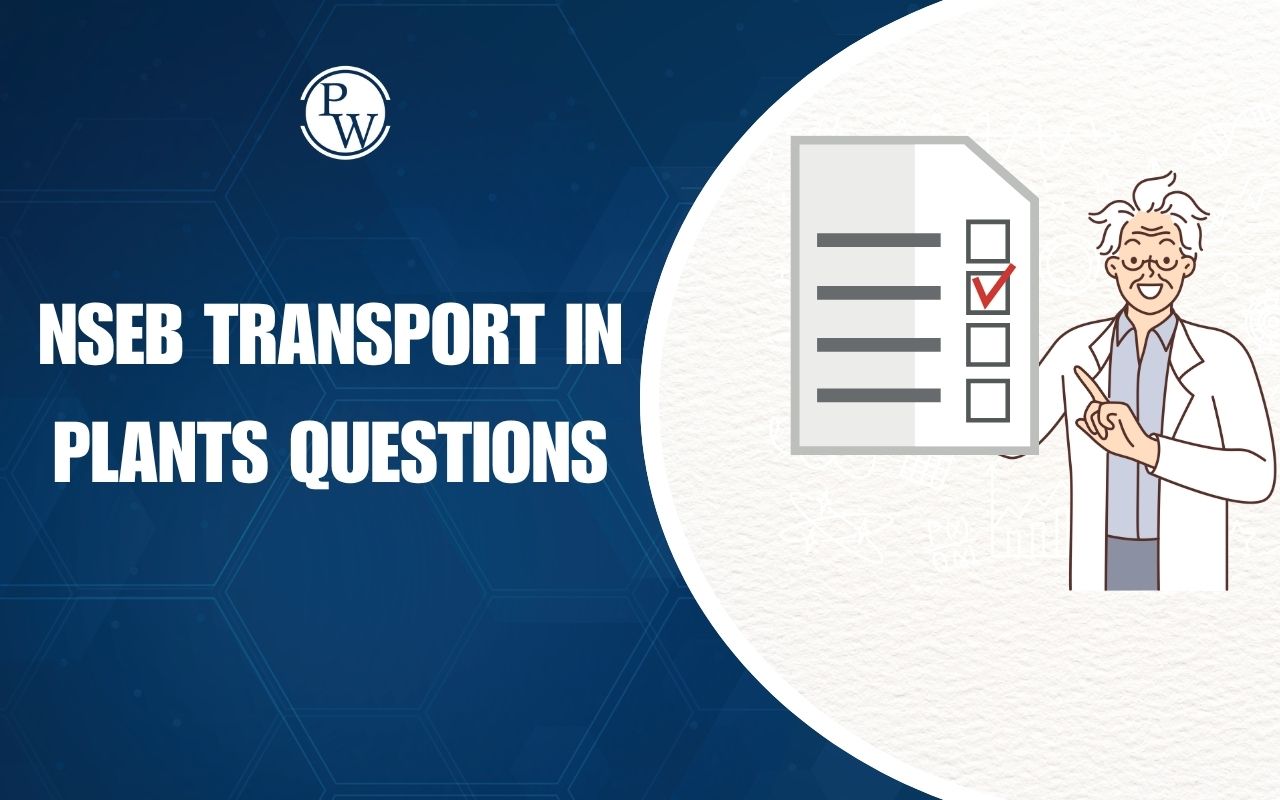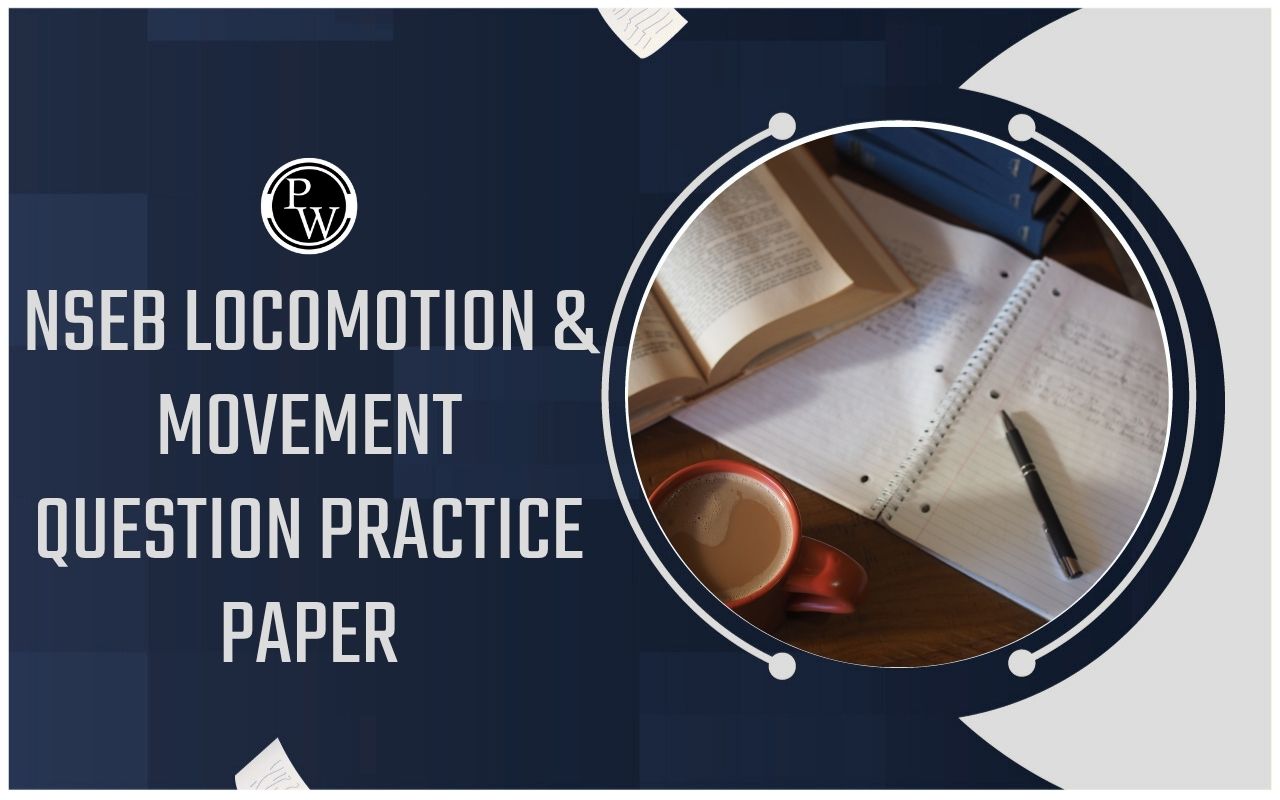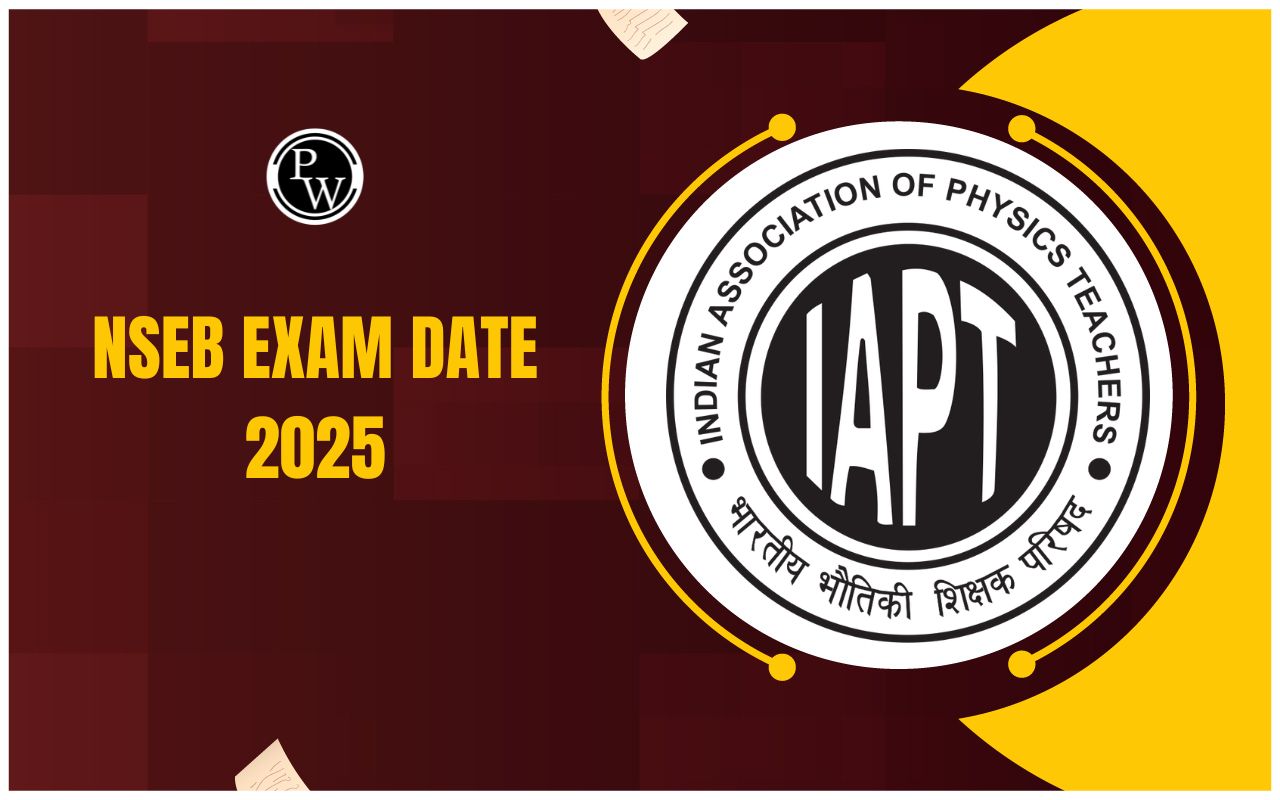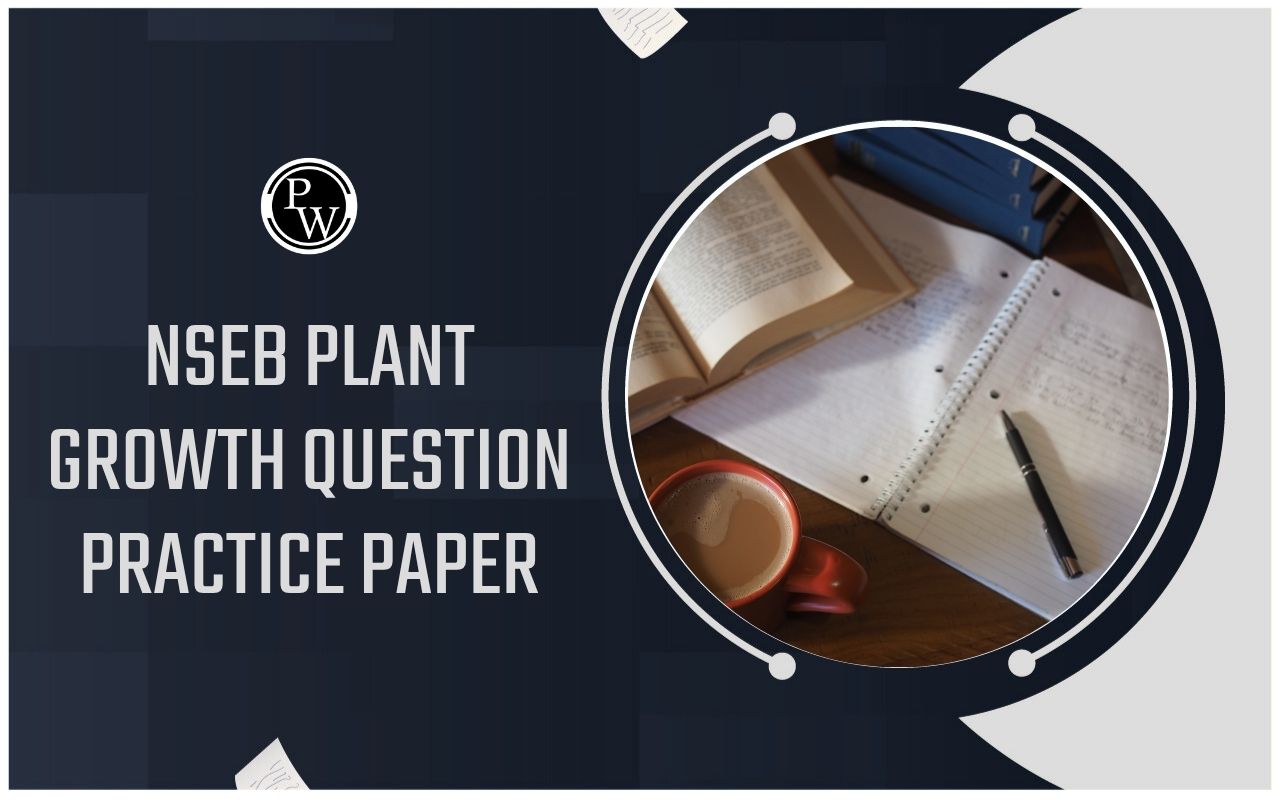
NSEB Most Important Questions: National Standard Examination in Biology (NSEB) is India’s first stage in the Biology Olympiad pathway, organized by the Indian Association of Physics Teachers (IAPT) in collaboration with HBCSE. Cracking NSEB is your gateway to qualifying for the Indian National Biology Olympiad (INBO), and eventually the International Biology Olympiad (IBO).
As per the NSEB syllabus 2025–26, questions are based on NCERT Class 11 and 12 Biology, with a few extending into advanced conceptual and application-based reasoning.
NSEB Most Important Questions PDF Download for Practice
To help you prepare efficiently, we've compiled a list of NSEB Most Important Questions that reflect previous exam trends and focus on high-weightage topics. You can download the NSEB Important Questions PDF and practice offline as well.
NSEB Most Important Questions PDF
Study without using the internet
NSEB Most Important Questions
Below are some sample questions based on past exam trends and analysis.
1. An organism with the genotype BbDD is mated to one with the genotype BBDd. Assuming independent assortment of these two genes, write the genotype of possible offspring from this cross and calculate the probability of each genotype occurring
2. The dominant alleles A and B each add 2g weight to a basal weight (in homozygous recessive condition) of 6g of fruits of a certain plant. If two plants, each with fruits weighing 8g and having heterozygous condition for one gene each are crossed. What phenotypic ratio is expected among the offspring/
(A) 25% with 10g : 50% with 8g : 25% 6g fruit
(B) 50% with 10g : 50% with 6g fruits
(C) 25% with 12g : 25% with 10g : 25% with 8g : 25% with 6g fruits
(D) 12.55% with 14g : 25% with 12g : 25% with 10g : 25% with 8g : 12.5% with 6g fruits
3. Which of the following options shows the correct labelling of the parts of leaf marked as A, B, C and D.
4. The expressions given below shows the summary equations I, II and III.
5. Read the following statements and answer the question.
(i) They are present on the stem as epidermal hairs.
(ii) They are usually multicellular.
(iii) They may be branched or unbranched and soft or stiff.
(iv) They help in preventing water loss due to transpiration.
Which part of the epidermal tissue system is being described by the above statements?
(A) Stomata (B) Guard cells (C) Epidermis (D) Trichomes
6. Read the following statements (I to V) and answer the question which follows them.
(I) In liverworts, mosses, and ferns the gametophytes are free-living.
(II) Gymnosperms and some ferns are heterosporous.
(III) Sexual reproduction in Fucus, Volvox and Albugo is oogamous.
(IV) The sporophyte in liverworts is more elaborate than that in mosses.
(V) Both, Pinus and Marchantia are dioecious.
How many of the above statements are correct?
(A) One (B) Two (C) Three (D) Four
7. How many meiotic divisions are needed to form 100 functional megaspores?
(A) 100
(B) 50
(C) 75
(D) 25
8. Which of the following statements is/are correct?
(A) In angiosperms, the embryo sac contains a three-celled egg apparatus (one egg cell + two synergids), three antipodal cells, and two polar nuclei.
(B) All seed-bearing plants like gymnosperms and angiosperms follow a diploid (diplontic) life cycle.
(C) In gymosperms, roots in some genera have fungal association in the form of mycorrhiza (Pinus) while in some others (Cycas) small specialized roots called coralloid are associated with N2-fixing cyanobacteria.
(D) All of the above
9. A researcher clips pinnae of 20 rabbits trapped in a section of forest and releases them. After a fortnight, he traps 28 rabbits in the same section of forest and notices 4 of them with clipped pinnae. His estimate of rabbit population in the sector of the forest should be
(A) 2240
(B) 560
(C) 140
(D) 112
10. A plant growing in marshy saline areas has certain adaptations to help them sustain in such soils. One such adaptation is that these plants accumulate Na+ and Cl– ions and transport them to the leaves. Which of the following are consequences of this adaptation?
(a) It helps in marking the water potential of leaves less negative
(b) It helps reduce the Transpirational loss of water
(c) It helps in increasing uptake of water by the roots
(d) It helps in making the leaves more succulent
(A) a and c (B) a and b (C) b and c (D) c and d
Benefits of Practising NSEB Important Questions
Practising NSEB Most Important Questions gives students a significant advantage in their preparation:
- National Standard Examination in Biology (NSEB) is a highly competitive exam that demands more than just textbook knowledge. Practising selected important questions provides multiple benefits to students preparing for this prestigious Olympiad:
- Improves Conceptual Understanding: NSEB questions often test concepts in-depth, including their interrelations and real-life applications. Solving important questions helps strengthen your understanding of core topics like cell biology, physiology, genetics, and ecology, far beyond school-level learning.
- Prepares for Advanced Olympiad Levels: NSEB is just the first stage in the Biology Olympiad ladder. Mastering important questions ensures you're ready for the next stages like the Indian National Biology Olympiad (INBO) and even the International Biology Olympiad (IBO).
- Builds Speed and Accuracy: The ability to solve questions correctly under time pressure is crucial. Practising important questions improves your time management skills and helps you develop confidence and precision in selecting the right answer among similar options.
- Highlights Important Topics: By solving past year questions, students get insight into high-weightage topics and recurring patterns. This helps you prioritize chapters and structure your revision effectively.
- Encourages Self-Assessment: Attempting important questions is a great way to test your current preparation level. You can identify weak areas, revise them thoroughly, and track your improvement over time with each practice session.
Check: How to Prepare for NSEB?
NSEB Most Important Questions FAQs
Where can I find the NSEB Biology Most Important Questions?
Are NCERT books enough to solve NSEB important questions?
Can I download NSEB Important Questions in PDF format?
How many questions are asked in the NSEB exam?
Will solving these questions help in qualifying INBO?

